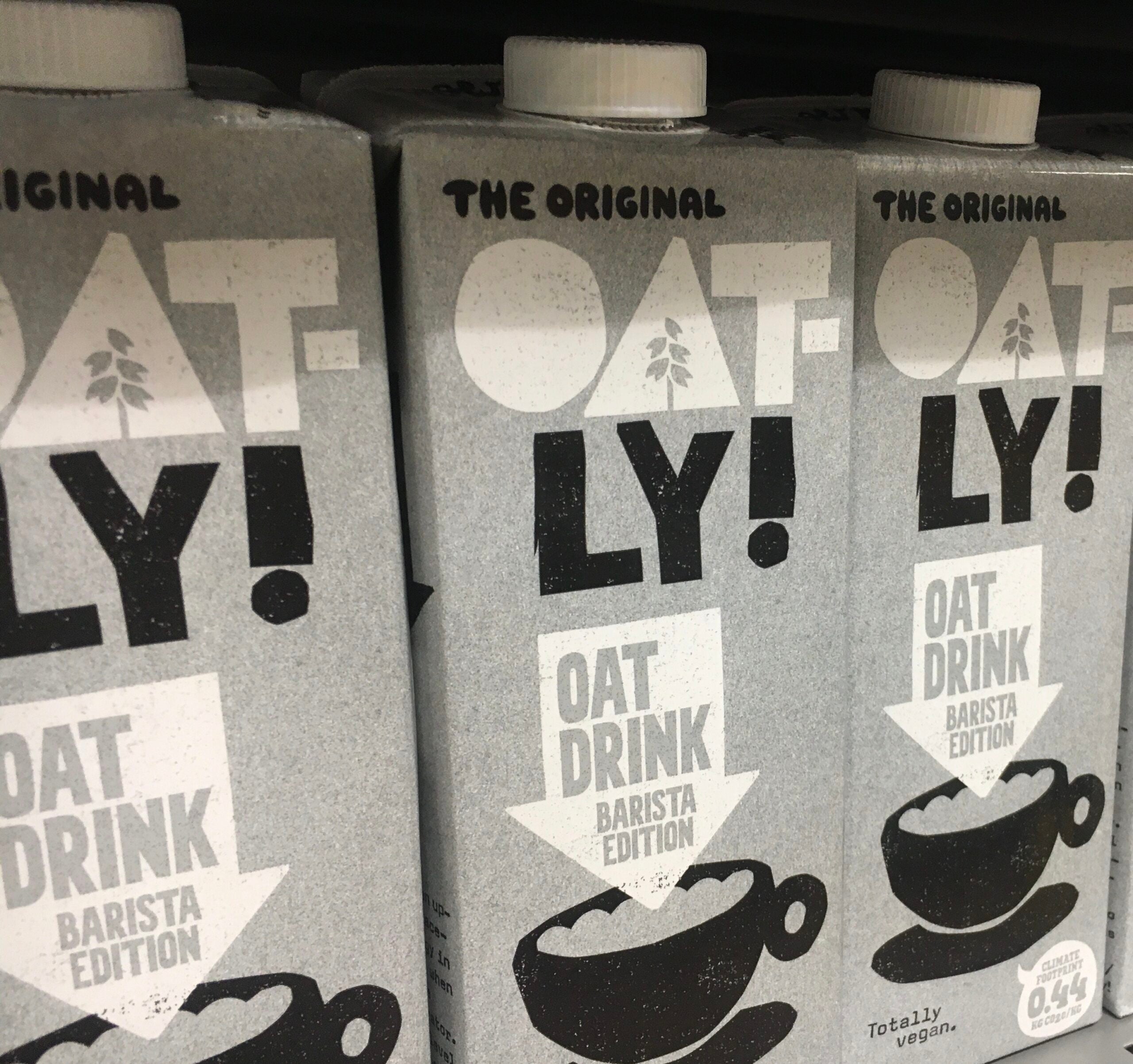
Sweden-based alternative-dairy producer Oatly is to axe jobs as part of cost-saving measures.
The oat-milk company revealed the moves after it expressed disappointment at its third-quarter financial results, which were released today (14 November).
Oatly announced it is “executing an overhead and headcount reduction impacting up to 25% of the costs related to the group corporate functions and regional EMEA layers”. It said it expects annual savings of up to US$25m from the reorganisation, which will take effect starting in the first quarter of 2023.
Alongside the results, Oatly has lopped US$100m off its full-year revenue forecast.
Just Food asked Oatly for details of how many jobs will be cut. A company spokesperson confirmed the proposed redundancies will be “initially focused on our corporate and EMEA organisations” but added “we are unable to disclose any specific numbers on proposed redundancies until our consultations with the unions are complete”.
Aside from the action on jobs, Oatly has also started moves to “adapt its supply chain network strategy”. The company wants to “simplify the organisational structure in order to prepare for the next phase of continued high growth”.

US Tariffs are shifting - will you react or anticipate?
Don’t let policy changes catch you off guard. Stay proactive with real-time data and expert analysis.
By GlobalDataIt said it believes these actions will increase its agility and drive profitability with a more “asset-light strategy”.
Specifically, Oatly plans to focus investment on its technology and capacity, “which is expected to reduce the capital intensity of future facilities and have a positive effect on our cash flow outlook”.
The company said it is also actively pursuing manufacturing partners to create a more hybrid production network across select geographies.
In the three months to 30 September, Oatly recorded revenue of $183m, 7% higher than the same period last year. The company, which went public last year and counts New York investor Blackstone Group among its backers, said its adjusted EBITDA losses widened from $27m a year ago to $82.7m now.
Oatly estimates its 2022 revenues will be between $700m and $720m, an increase of 9% to 12% compared to 2021 but well below the guidance put forward in early August of $800m-830m, which was itself a reduction of as much as $90m compared to the prior forecast.
CEO Toni Petersson said: “Third-quarter financial results were below our expectations, largely driven by Covid-19 restrictions in Asia, production challenges in the Americas and continued foreign exchange headwinds.”
He added: “We believe these challenges are transitory and that we have significant opportunities for growth as these headwinds subside. In the meantime, we have taken actions to adjust our supply chain network strategy and simplify our organisational structure for a more balanced growth equation moving forward."
Petersson suggested minimal price-elasticity “demonstrates the power and resilience of the brand”.
The EMEA region was a struggle for Oatly in the third quarter, with three-month revenues dipping by 5.5%.
As part of the company’s strategic overhaul, Jean-Christophe Flatin, Oatly’s global president, has assumed oversight of the global supply chain network while Daniel Ordonez, chief operating officer, is to lead its EMEA operations.
Commenting on the results and structural changes announced today, analyst John Baumgartner, of Mizuho Securities, said: “Macro pressures from Covid lockdowns in Asia and a weakening Europe backdrop are significant and ongoing challenges ramping new Utah facility remain particularly concerning.”
He suggested the employee headcount reduction and other efficiencies are “more than outweighed by revenue and liquidity concerns”.



